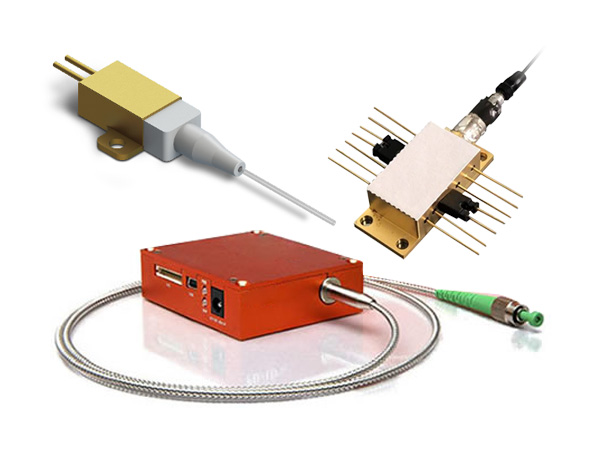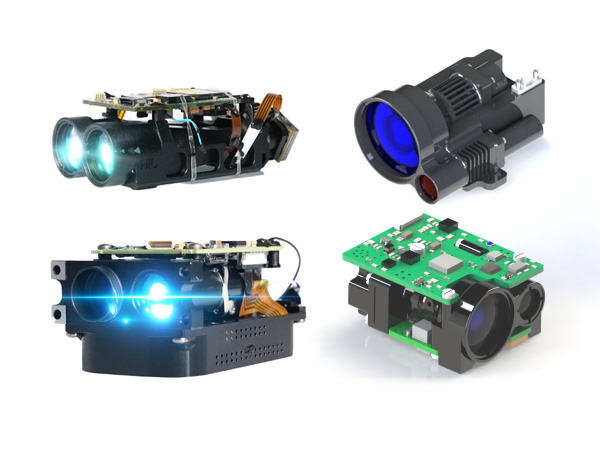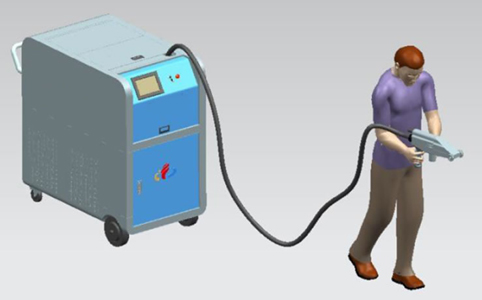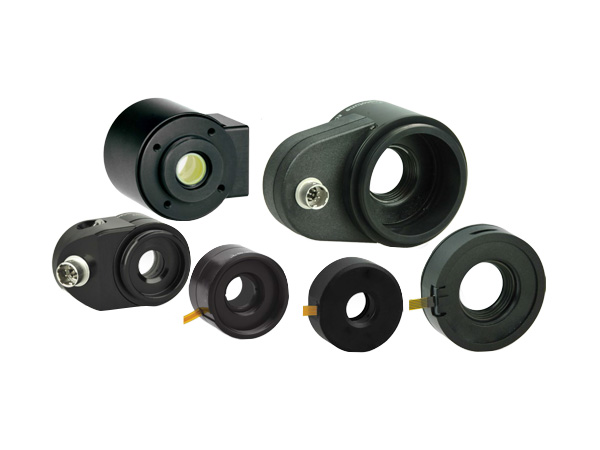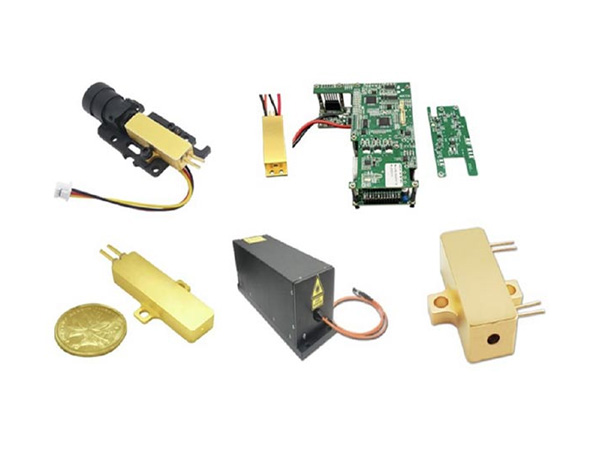CO2 Laser Material Processing
CO2 lasers provide an efficient non-contact method for cutting and marking a wide variety of materials including plastics, fabrics, leather, wood and laminates. The wavelength of the energy emitted from the CO2 laser is absorbed very efficiently by these materials. The absorbed energy is converted to heat, and the heat ablates material directly in the laser's path. Higher laser power levels can be used to cut materials leaving a clean, square edge. Lower laser power levels can be used to cause chemical or thermal reactions in the target material, creating permanent, high definition marks on the surface. These marks will not rub off and are ideal for branding or serializing parts.
CO2 lasers are typically available in two wavelengths, with slightly different uses.
Universal manufactures lasers with power up to 75 watts and 250 watts utilizing a single resonator design.
Universal manufactures 100, 120, 150, and 500 watt lasers with a dual resonator design. Besides higher power, the cross-polarized beam generated by dual resonator lasers is advantageous for material processing applications.
10.6 µ lasers can be used for:
Cutting and marking plastic, wood, fabric, leather or laminates.
Marking glass, stone, and anodized aluminum.
9.3 µ lasers can be used for:
Producing high-contrast marks on PET bottles, photopolymers, and other soft plastics.
(Source: Universal Laser Systems)
 English
English Français
Français Deutsch
Deutsch euskara
euskara Русский язык
Русский язык Italiano
Italiano Português
Português Nederlands
Nederlands Polski
Polski Greek
Greek Lietuva
Lietuva Türkçe
Türkçe 日本語
日本語 한어
한어 中文
中文 தாமில்
தாமில் فارسی
فارسی हिंदी
हिंदी Tiếng Việt
Tiếng Việt ภาษาไทย
ภาษาไทย Pilipino
Pilipino Indonesia
Indonesia தாமில்
தாமில்
